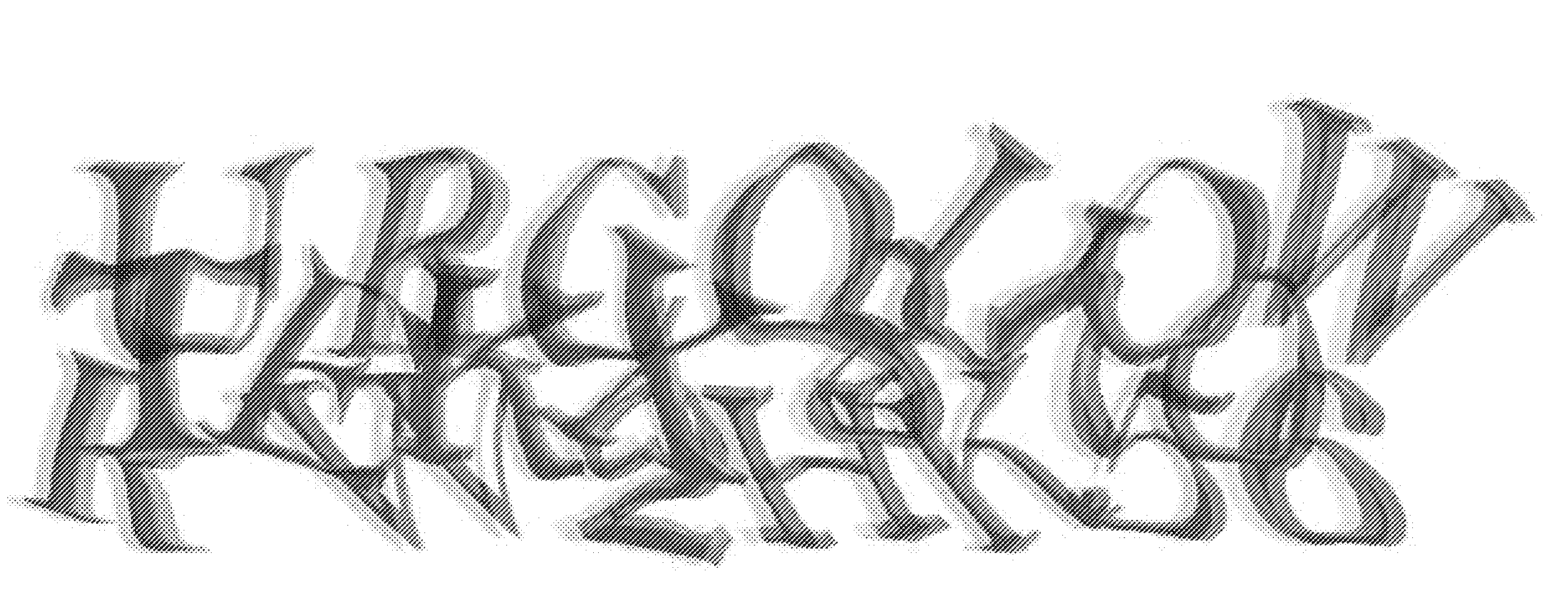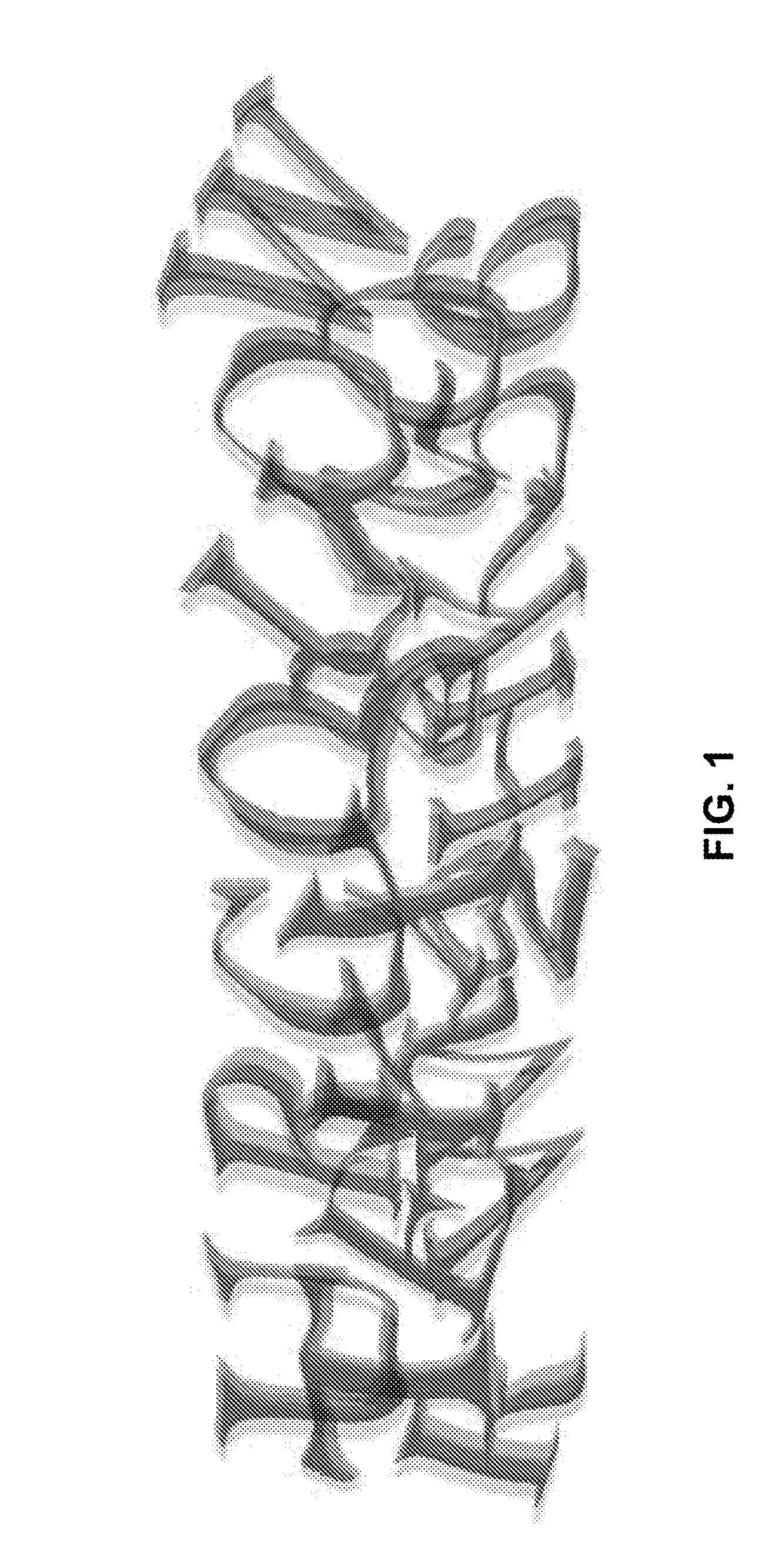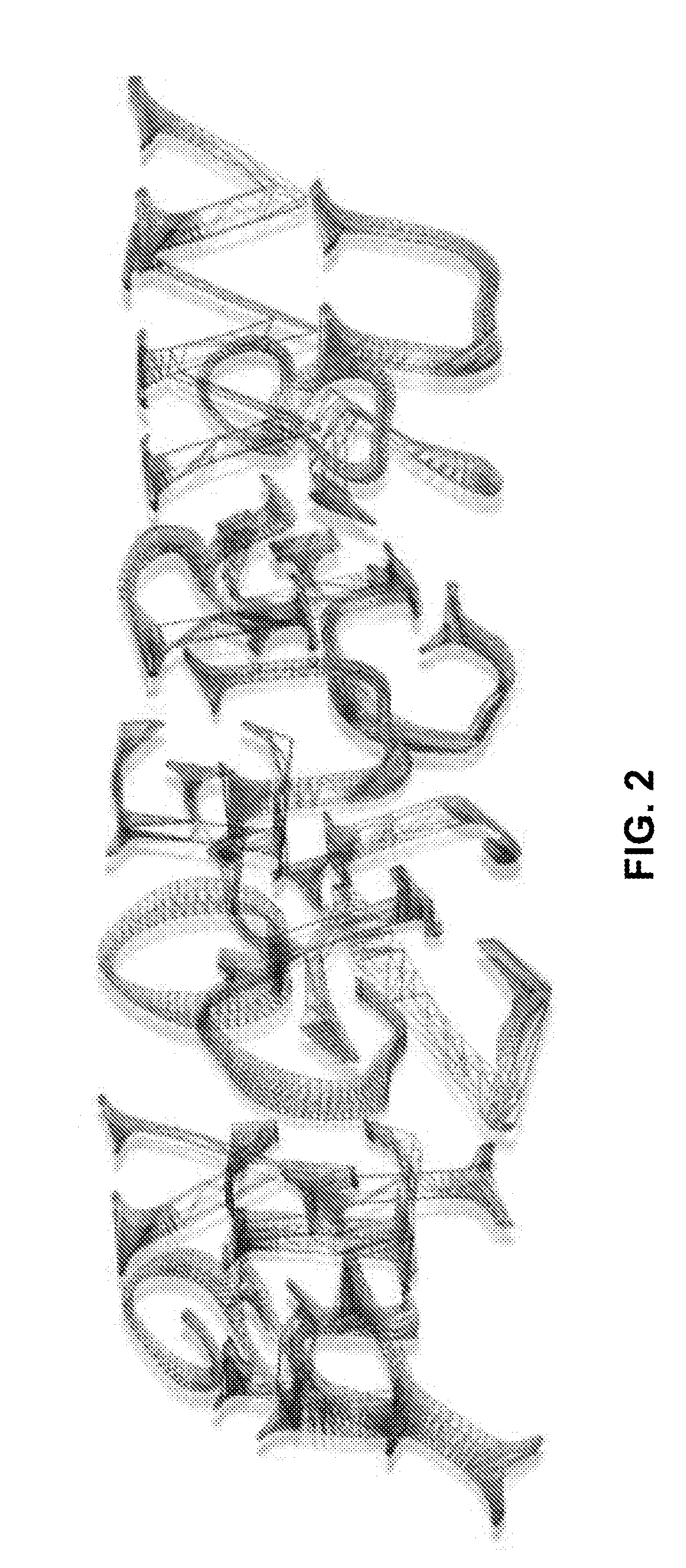Multi Dimensional CAPTCHA System and Method
- Summary
- Abstract
- Description
- Claims
- Application Information
AI Technical Summary
Benefits of technology
Problems solved by technology
Method used
Image
Examples
example implementation
[0171]It would be understood by those skilled in the art that the preferred embodiment can be implemented in many different environments where a CAPTCHA test is required. For example, one common environment is an Internet environment where access to application resources is required. FIG. 12 illustrates one such environment. In this environment a user 121 accesses a server 125 which provides application resources 127. Access can be via a standard terminal interface 122 or, for example, mobile interface devices 123. The server 125 implements the stereoscopic CAPTCHA process which the user 121 must pass before access is granted to the application resources. The stereoscopic CAPTCHAs can be precomputed and stored in a database126 along with there associates answer pairs. FIG. 13 illustrates the steps implemented by the server upon receiving an access request. Initially, a random stereoscopic image and associated answer is accessed from the database 130. The image is presented to the us...
PUM
 Login to View More
Login to View More Abstract
Description
Claims
Application Information
 Login to View More
Login to View More - R&D
- Intellectual Property
- Life Sciences
- Materials
- Tech Scout
- Unparalleled Data Quality
- Higher Quality Content
- 60% Fewer Hallucinations
Browse by: Latest US Patents, China's latest patents, Technical Efficacy Thesaurus, Application Domain, Technology Topic, Popular Technical Reports.
© 2025 PatSnap. All rights reserved.Legal|Privacy policy|Modern Slavery Act Transparency Statement|Sitemap|About US| Contact US: help@patsnap.com



